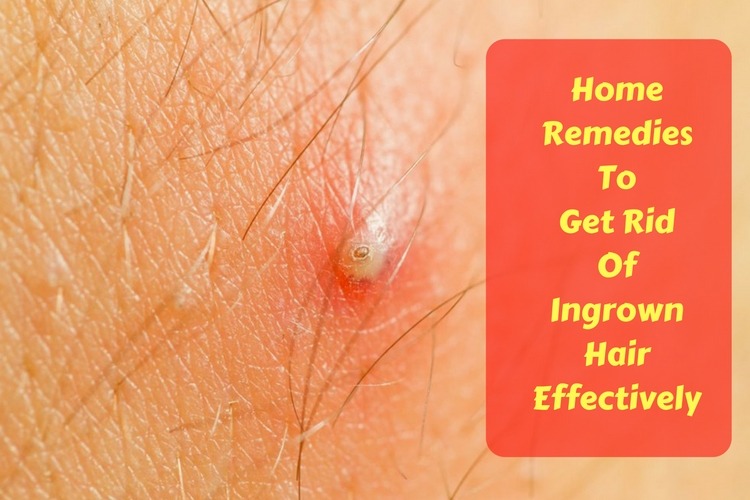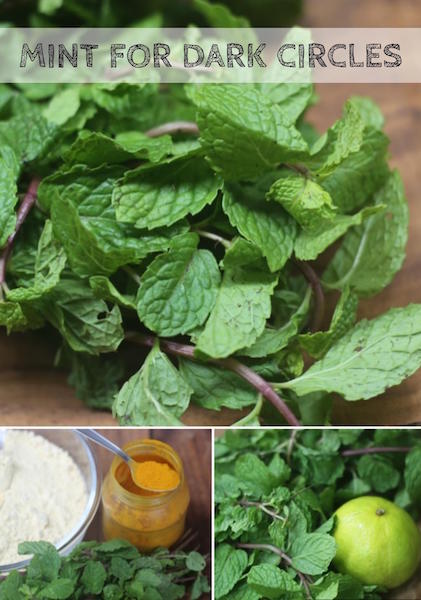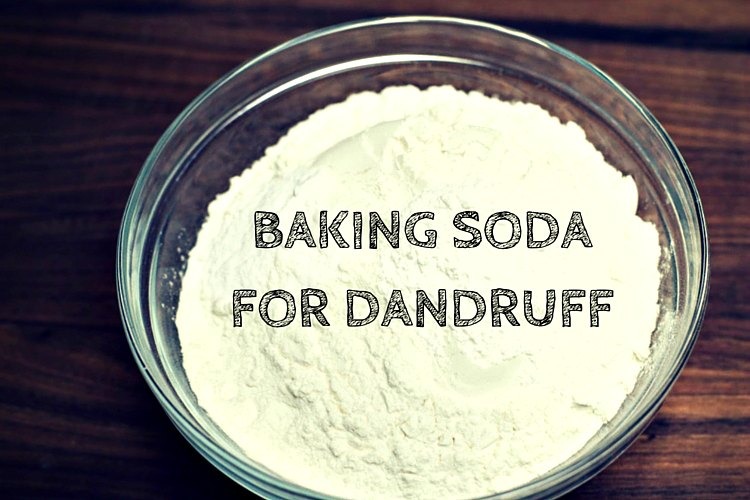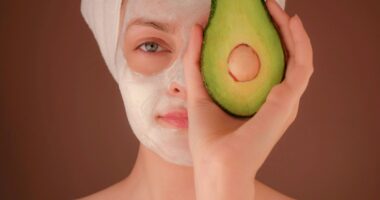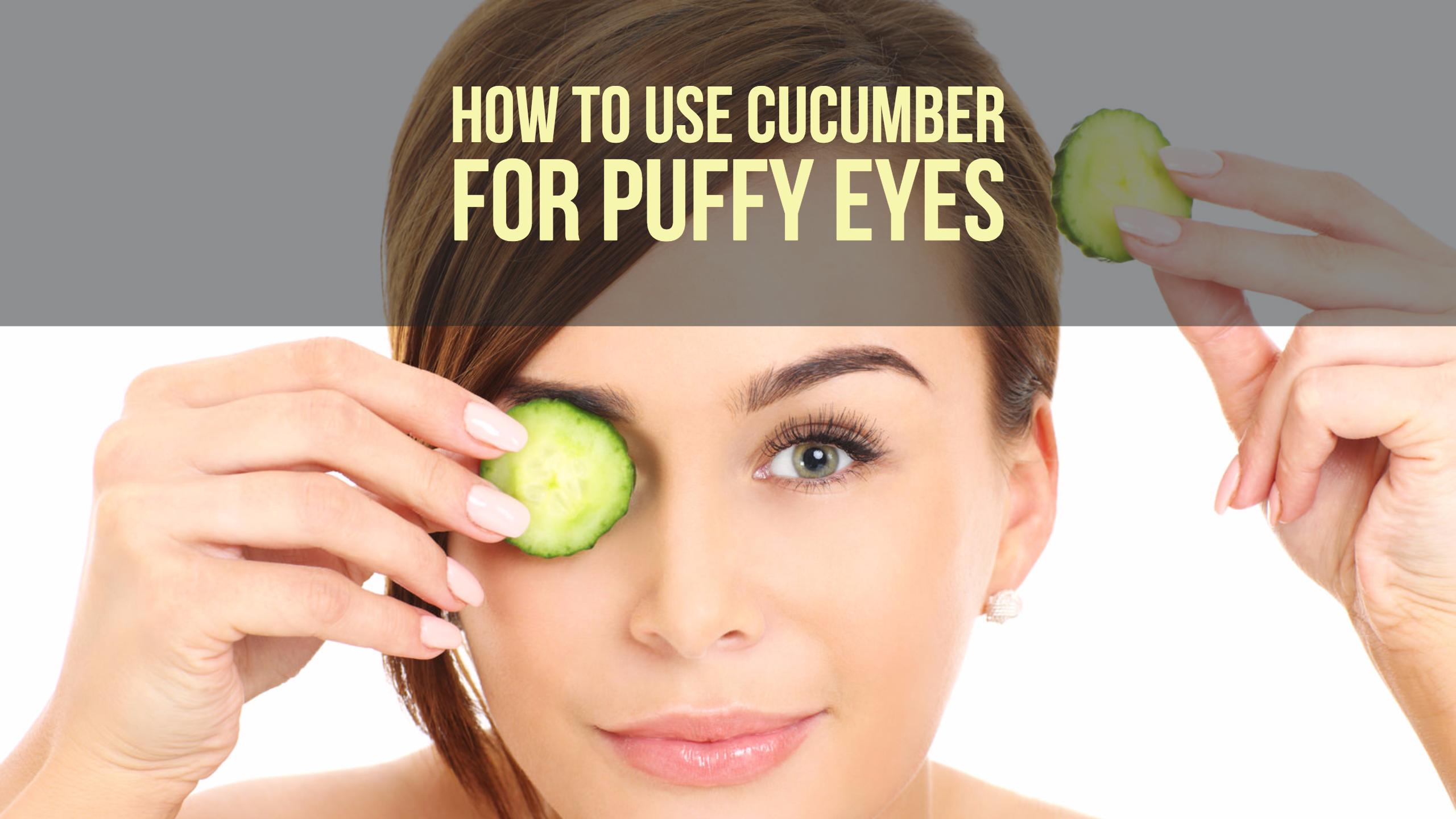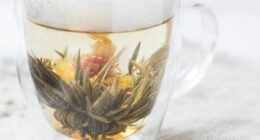 Ingrown hairs also known as razor bumps happen when a hair curls up and grows inwards instead of popping out. An ingrown hair is always followed by an infection which leads to swelling, redness and irritation resembling a pimple. Shaving or waxing more frequently can lead to ingrown hairs.
Ingrown hairs also known as razor bumps happen when a hair curls up and grows inwards instead of popping out. An ingrown hair is always followed by an infection which leads to swelling, redness and irritation resembling a pimple. Shaving or waxing more frequently can lead to ingrown hairs.
Though ingrown hairs are not dangerous they can be painful and unappealing. Usually, ingrown hairs grow back out of the skin in some time but with simple home remedies, you can speed up the process and reduce the discomforts caused by them.
How to Get Rid of Ingrown Hairs with Home Remedies
Here is a list of top 23 home remedies that are helpful in dealing with ingrown hairs. You may not see the result overnight but with regular follow up you can reduce and prevent the ingrown hairs.
1. Sugar Scrub
The gritty nature of sugar helps to exfoliate the dead skin and the ingrown hair to come out. It makes the skin soft and supple.
- Combine 1 cup of granulated sugar, 1/2 cup of olive oil, 10 drops each of lavender oil and tea tree essential oil.
- Apply the mixture on the affected areas.
- Gently massage in circular motions for few minutes.
- Leave it on for another few minutes and rinse with lukewarm water.
- Repeat the process 1 – 2 times in a week.
Note: You can store the remaining scrub in refrigerator for a week.
2. Baking Soda
Baking soda exfoliates the skin and balances the pH levels. It reduces the inflammation, redness and irritation caused by ingrown hairs.
- Combine 1 tablespoons of water, 1 teaspoon each of baking soda and oatmeal.
- Apply the paste on the affected areas.
- Gently massage for 5 minutes and leave it on for another 5 minutes.
- Rinse with lukewarm water and pat dry.
- Repeat the process 2 times in a day.
3. Tea Tree Oil
Tea tree oil contains antiseptic, antimicrobial and anti-inflammatory properties which heal the discomforts and infection caused by ingrown hairs.
- Combine 5 drops of tea tree oil and 2 tablespoons of distilled water.
- Clean the area with antibacterial soap.
- Apply the mixture on the affected area.
- Leave it on for 10 minutes and rinse with lukewarm water.
- Repeat the process 2 times in a day.
Note: You can use olive oil instead of distilled water.
4. Aspirin
Aspirin reduces the inflammation, redness and infection caused by ingrown hairs. The salicylic acid present in aspirin scrubs away the dead skin that is constricting hair growth.
- In a teaspoon of water, soak two aspirin tablets.
- Mix well until it forms a paste.
- Add 1 tablespoon of honey to the paste and mix well.
- Apply the paste on the affected areas and leave it on for 10 minutes.
- Rinse off the application with warm water and pat dry.
Note: People with sensitive skin should avoid this process.
5. Salt
Salt is an excellent exfoliating agent. Apart from that, it increase blood circulation, promotes healing, reduces inflammation and treats the infection.
- Dilute 1 1/2 teaspoon of table salt in 1 cup of lukewarm water.
- Dip a cotton ball in the solution and dab it on the affected areas.
- Leave the application for few minutes and rinse off with water.
- Repeat the process 2 times in a day.
Note: Avoid trying this process if it caused irritation or redness.
6. Black Tea
The black tea contains tannic acid which reduces the inflammation and redness. It loosens the buildup in the skin pores that is restricting the growth of hairs.
- Brew some black tea.
- Combine equal amounts of black tea and coconut water.
- Dip a cotton ball in the solution.
- Place the cotton ball on the affected areas for few minutes.
- Remove the cotton ball and leave it to dry completely.
- Repeat the process 2 times in a day.
Alternative: You can apply wet tea bags on the affected areas for 10 minutes and rinse the area with lukewarm water.
7. Aloe Vera
The soothing effect of aloe vera provides instant relief from irritation, itchiness and inflammation. It speeds up the process of ingrown hairs to grow back outside.
- Peel the skin of an aloe vera leaf and extract its gel.
- Rub the gel on the affected areas.
- Let it dry completely and rinse with lukewarm water.
- Repeat this process 2 – 3 times in a day.
8. Honey
The antibacterial properties of honey will prevent or treat the infection. It moisturizes the skin and provides relief from inflammation, redness and irritation.
- Slather a layer of honey on affected areas.
- Leave it on for 10 minutes and rinse off with water.
- Repeat the process 4 times in a day.
9. Apple Cider Vinegar
The anti-inflammatory properties of apple cider vinegar reduce the swelling, redness and irritation. It kills any bacteria causing infection.
- Using a cotton ball, apply apple cider vinegar directly on the affected area.
- Leave it to dry completely and rinse with lukewarm water.
- Repeat the process 2 times in a day.
- Alternatively, you can use white vinegar instead of apple cider vinegar.
Caution: People with sensitive skin should dilute apple cider vinegar with water.
10. Cucumber
The hydrating and anti-inflammatory properties of cucumber reduce the irritating symptoms caused by ingrown hairs. The vitamin C present in cucumber provides relief from itchiness and pain.
- Blend half a cucumber to puree.
- Combine cucumber puree and 1 1/3 cup of milk.
- Put the mixture in refrigerator for few minutes until it is cold.
- Soak a cloth in the mixture and apply it on the affected areas.
- After 10 minutes, remove the cloth and rinse with lukewarm water.
- Repeat the process 2 times in a day.
Alternative: Place a cool cucumber slice and place it on the affected area. You can follow this process several times in a day.
11. Warm Compress
Applying warm compress softens the skin tissues around the ingrown hair. This helps the ingrown hair to grow back in right direction.
- Soak towel in warm water for few minutes.
- Wring out the excess water and apply it on the affected areas for few minutes.
- Repeat the process several times a day until the hair appears close enough to the skin surface.
12. Benzoyl Peroxide
This process works effectively for ingrown hairs filled with pus and are swollen up. Its application will reduce the swelling and make it easy for ingrown hair to grow in the right direction.
- Clean the affected area with antibacterial soap and water.
- Apply a small amount of benzoyl peroxide on the affected areas.
- Leave it to dry completely.
- Repeat the application several times a day for a week.
13. Milk and Bread
The combination may look a little weird but it actually helps to speed up the process of ingrown looped hair.
- Warm up some milk.
- Dip a piece of bread in the milk.
- Place the bread on the ingrown hair.
- Leave it on for 2 minutes or until the bread cools.
- Repeat the process for 10 minutes.
- Now, check if the pore has opened up. It opened, using sterile needle pull out the looped hair. If not, then try the process after few hours.
14. Corn Starch
Corn starch helps to reduce the inflammation, pain and swelling caused due to ingrown hair. It removes the dead skin cells accumulated on the ingrown hair making it easy for hair to grow back in the right direction.
- Combine some cornstarch and water to make a paste.
- Spread the paste on the affected areas.
- Leave it to dry completely.
- Peel the application gently and rinse with water.
- Repeat the process regularly.
15. Lemon
The acidic property kills the bacteria that has colonized in the ingrown hair follicle. It exfoliates the accumulated dead skin and helps the ingrown hair to grow back in the right direction.
- Extract juice from a lemon.
- Apply the lemon juice directly on the affected areas.
- Leave it to dry completely.
- Wash it off with lukewarm water and pat dry.
- Repeat the process regularly.
16. Potato Peel
Raw potato peels contains high amounts of antioxidants which reduce the inflammation, redness and itching. It also helps to bring the hair up to the surface.
- Peel a potato and place the inner side on the ingrown hairs.
- Secure the peel with a bandage or gauze.
- Leave it on for 24 hours.
- Remove the peel and replace with a new one.
- Repeat the process daily.
17. Strawberries
Strawberries exfoliate the accumulated dead skin cells and help the ingrown hair grow back in the right direction.
- Take few strawberries and crush them.
- Add some sour cream and mix well.
- Apply it over the affected areas.
- Leave it on for 20 minutes and rinse with cold water.
- Repeat the process regularly.
18. Coffee
The acidic properties present in coffee helps the hair to grow back in the right direction.
- Combine 1 cup of lukewarm water and 1/4 cup of unused coffee grounds.
- Massage the mixture on the affected areas.
- After massaging for several minutes, rinse with cool water.
- Repeat the process regularly.
19. Egg shell membrane
The egg shell membrane is one of the highly effective remedy for razor bumps and ingrown hair.
- Remove the egg shell membrane.
- Apply the membrane on the affected area.
- Leave it dry completely and peel the membrane. This will pull out the ingrown hair as well.
- Repeat the process regularly.
20. Yogurt
- Combine 1 tablespoon yogurt and 1 1/2 tablespoon of honey.
- Apply the mixture on the affected areas.
- Leave it on for 15 minutes.
- Wash it off with cold water.
- Repeat the process 3 – 4 times in a day.
21. Castor oil
Castor oil draws out the impurities and pus present in the skin pores. This makes the way for ingrown hair to grow in right direction.
- Slather a thick layer of castor oil on the affected areas.
- Leave it on for 10 – 15 minutes.
- Soak a wash cloth in warm water and wring out the excess.
- Using the wet wash cloth, wipe of the application.
- Repeat the process 2 – 3 times in a day.
22. Garlic
The antibacterial and antiviral properties of garlic provide relief from the bacterial infections in the hair follicle. The Sulphur compounds present in garlic contains anti-inflammatory properties.
- Brush 1 – 2 garlic cloves.
- Apply the garlic paste on the affected areas.
- Leave it on for 20 – 30 minutes.
- Rinse with warm water.
- Repeat the process daily.
23. Witch hazel
The natural astringent properties of witch hazel contains anti-inflammatory properties. It also provides relief from other dermatological infections. This process is effective for both ingrown hair and razor bumps.
- Dip a cotton ball in witch hazel.
- Dab the cotton ball on the affected areas.
- Leave it on to dry completely.
- Repeat the process regularly.
Tips and Precautions:
- Exfoliate the skin before shaving, this prevents ingrown hairs or razor bumps.
- Women can opt for waxing instead of shaving.
- Wash the affected area daily with antibacterial soap and lukewarm water. This helps to prevent bacterial growth.
- Make sure to use a razor with single blade instead of multiple blades which prevents razor bumps.
- Regularly exfoliate and moisturize the areas where you remove unwanted hairs.
- Applying antiseptic creams on the affected areas which prevent the infection in the hair follicles.
- Avoid applying too much pressure on the hair follicles.
- After removing the ingrown hair, avoid shaving for at least 4 weeks. Women should
- Avoid using old razors and blades for shaving.
- If the problem still persists even after trying out the home remedies, then consult a dermatologist.
Did you find this article helpful? Do you have any other method that works better than the above-mentioned? Share it with us in the comments section below.
